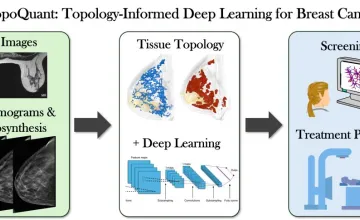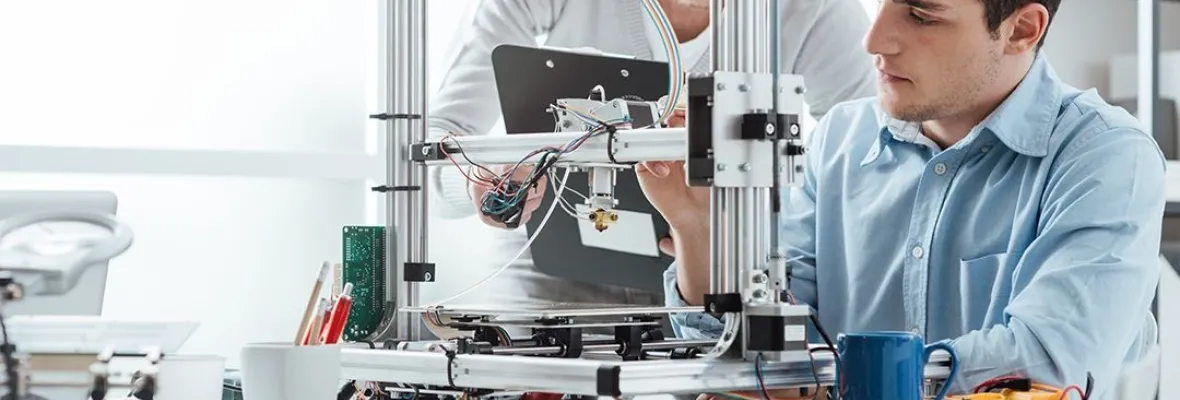AAU universities conduct a majority of the federally funded university research that contributes to our economic competitiveness, health and well-being, and national security. AAU universities are growing our economy through invention and innovation while preparing the next generation of scientists and engineers for global leadership. By moving research into the marketplace AAU universities are helping to create jobs, and provide society with new medicines and technologies.

UMD geologists uncovered evidence of a section of seafloor that sank into the Earth's mantle when dinosaurs roamed the Earth; it's located off the west coast of South America in a zone known as the East Pacific Rise.

Novel research supported by NCI could lead to more specific predictive disease models

A new University of Kansas study reveals parents seeking health care information for their children trust AI more than health care professionals when the author is unknown, and parents rate AI generated text as credible, moral and trustworthy.

Hypertension and amyloid plaques can separately cause dementia. Having both increases a person’s odds of developing cognitive decline, a new study finds
Explore More: University Research
You can filter stories by the university.
Researchers at Stony Brook University's Renaissance School of Medicine used neuromelanin-sensitive MRI to study young adults, finding elevated neuromelanin levels in the midbrain of those with a history of substance use, with a notably stronger association in young women. This study highlights the potential of neuromelanin-sensitive MRI to reveal early changes in the dopamine system due to substance use, providing insights particularly valuable for younger populations.
Researchers at Tufts University School of Medicine and the Graduate School of Biomedical Sciences have identified a small molecule inhibitor that corrects the molecular cause of CTNNB1 syndrome, a rare genetic disorder affecting motor and cognitive function. In mouse and human cell models, this molecule normalized beta-catenin levels, improving muscle strength and cognitive abilities, offering potential for a therapeutic treatment to reverse symptoms in affected children.
A University at Buffalo researcher proposes that rodents produce ultrasonic vocalizations (USVs) not for social communication but to manipulate surrounding particles and enhance their sense of smell. If confirmed, this discovery could reshape our understanding of animal cognition, influence treatments for psychological disorders, and inspire new technologies.
Scientists at NYU have developed a 3D-printed model, called the 3MIC, to replicate tumor environments that trigger cancer cell migration and metastasis. This model allows real-time visualization of cancer spread and could improve early diagnosis and treatment of metastasis-prone tumors.
A UC Santa Barbara-led study discovered that Aedes aegypti mosquitoes use infrared radiation, combined with CO2 and human odor, to locate hosts more effectively, doubling their host-seeking behavior.
